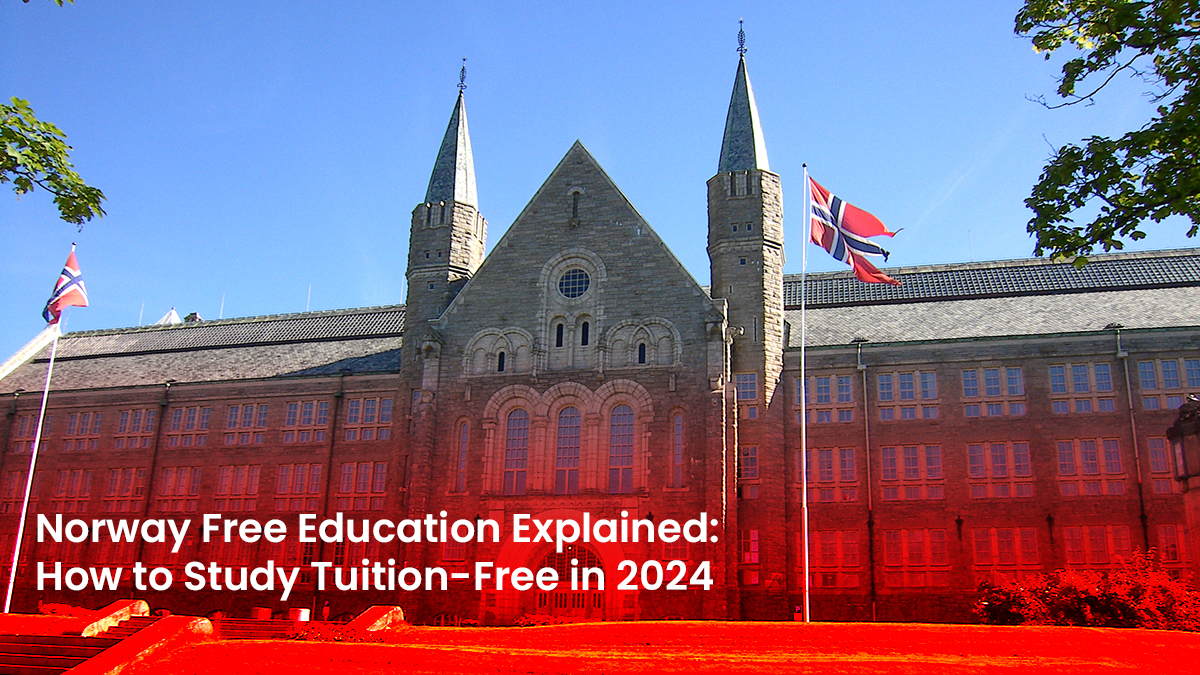Canada is a powerhouse in international education, and its government is currently in the middle of a five-year strategy with a CAD $147.9 million budget which aims to strengthen the country’s position in education globalization.
Key Points at a Glance:
- Canada’s International Education Strategy “Building on Success (2019-2024) has a CAD $147.9 million budget.
- In the last two decades, international students in Canada tripled in number (more or less 600,000).
- More than 50 percent of Canada’s international students are from India and China.
- The IES will be evaluated in 2022, the first time since the unforeseen coronavirus pandemic.
Canada’s International Education Strategy (IES), which is dubbed “Building on Success,” is a plan set out for 2019-2024. As stated on the government website, the IES has three main objectives: expose Canadian students to international study experiences, diversify the countries where international students in Canada come from, and provide support for education sector institutions.
“The strategy builds on the attributes that have made Canada a destination of choice for international students: strong schools and programs of study in both English and French; welcoming and diverse communities with an enviable quality of life; and opportunities to start careers and pursue permanent residency,” said MP Ahmed Hussen, who previously served as Minister of Immigration, Refugees and Citizenship, now currently heading the Families, Children and Social Development.
Need for Diversity
In the last 20 years, the number of international students in Canada has tripled to almost 600,000. However, as previous data from Immigration, Refugees and Citizenship Canada (IRCC) suggests, more than 50 percent of Canada’s international students come from India and China. Data from the IRCC also suggests that international students are concentrated in large cities and provinces in Canada, such as Ontario and British Columbia.
While Canada aims to maintain its relationships with India and China, the IES enumerated seeking out international students from other “priority countries.” These are Brazil, Colombia, France, Indonesia, Mexico, Morocco, the Philippines, Thailand, Turkey, the Ukraine and Vietnam.
This diversification should aid Canada in establishing a wider network, and benefits the students themselves in their study abroad and work experience.
Rewarding Learners, and Moving Forward
With its relatively friendlier immigration policies and practices, Canada is known as a premier destination for international students who are considered as immigration candidates as well. The country recognizes their education, proficiency in English, and upcoming integration experience into Canadian society.
In 2022, the IES will undergo an evaluation to determine its future direction. While the numbers have been promising—international students contributed about CAD $21.6 billion to Canada’s GDP and supported almost 170,000 jobs in 2018—this was all before the COVID-19 pandemic had greatly impacted the lives of everyone, including international students.
Data Souces:
Building on Success: Canada’s International Education Strategy (2019-2024). Government of Canada. Retrieved from https://www.international.gc.ca/education/strategy-summary-sommaire-strategie.aspx?lang=eng
Building on Success: Canada’s International Education Strategy (2019-2024). Government of Canada. https://www.international.gc.ca/education/strategy-2019-2024-strategie.aspx?lang=eng
Firang, D. (2020, July 14) The impact of COVID-19 pandemic on international students in Canada. Sage Journals. Retrieved from https://journals.sagepub.com/doi/full/10.1177/0020872820940030
Building on Success: Canada’s International Education Strategy (2019-2024). Government of Canada. https://www.international.gc.ca/education/strategy-2019-2024-strategie.aspx?lang=eng#figure2
Students from India now outnumber those from China at Canadian schools (2019, March 5) CIC News. Retrieved from https://www.cicnews.com/2019/03/students-from-india-now-outnumber-those-from-china-at-canadian-schools-0311966.html
Canada’s foreign enrollment fell nearly 17% in 2020 (2021, March 10). ICEF Monitor. Retrieved from https://monitor.icef.com/2021/03/canadas-foreign-enrolment-fell-nearly-20-in-2020/












